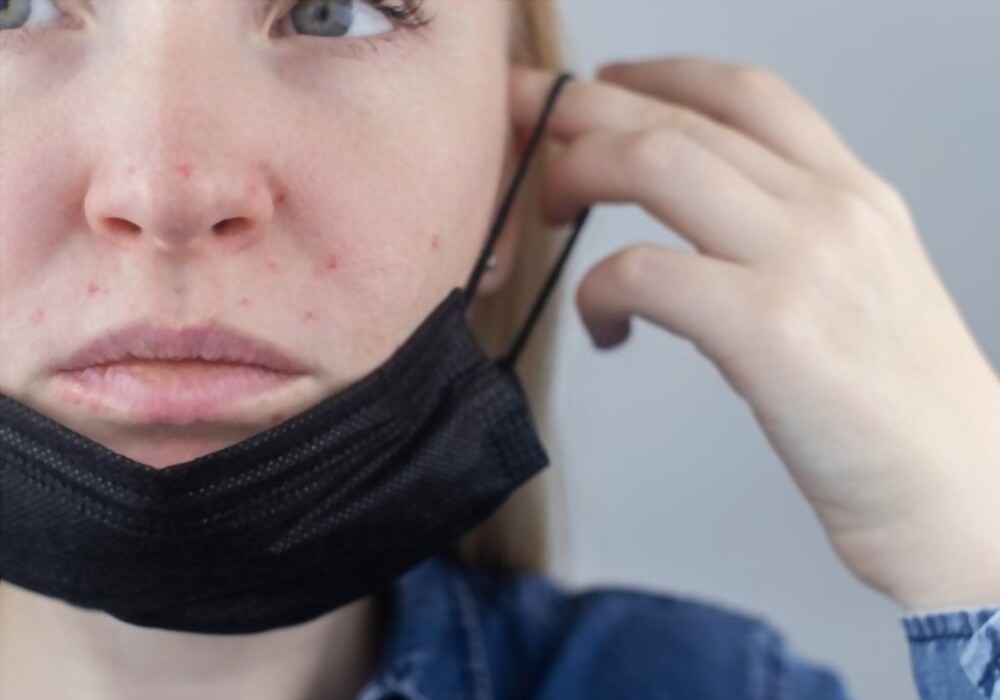Chafing occurs within skin folds and body parts rubbing together or causing friction between your bare skin and clothing. So, chafe causes rawness, redness, and irritation in the affected region.
Whether through skin-on-skin or fabric against skin, repetitive rubbing is responsible for such damage and discomfort.
When sweat evaporates, it forms salt crystals leading to more chafing, causing friction. Besides humid conditions, cold or dry weather also induces chafing, mainly due to a pressure-adding medium like tight-fitting pants or bra straps.
Prevent Chafing
Certain sections of your body are more susceptible to chafe than others, like your inner thighs, groin, underarms, and where there is sagging skin or fat dominates. When you have sensitive skin, wearing fabrics like rayon and polyester invite chafing trouble. Instead, aim to keep chafe-sensitive body areas free of moisture and friction.
Enumerated below are five effective tips to reduce and eliminate your chafing woes:
-
Invest in Anti-Chafing Thigh Guards
Whether you work in a fast-paced environment, walk a lot, or have a regular exercise routine, wearing thigh guards gives you adequate protection. The ones with a flexible design come in two lengths, thus, benefiting your long or short legs.
While wearing these guards, you can confidently continue your daily activities, exercise, play sports, and walk long distances. The thigh guard’s superior patented design keeps them in place even when pushed beyond limits. Moreover, a wide colour selection ensures the guards remain discreet when worn under your clothing.
-
Wash the Sweat Off
Sweat that dries on your skin leaves behind a gritty salt layer that enhances the friction. Instead of drying your sweat out, rinse the sweaty area with water and an unscented cleanser.
Once clean, let the part of your body dry or use a soft towel to soak up all the moisture left after the wash. Avoid applying scented soaps, lotions, or cleaning products to your sweat-prone body surfaces.
-
Wear Moisture-Wicking Fabrics
Sticking to breathable fabrics like cotton does wonders from your innerwear to outer attire. Besides feeling good against your body, especially over sensitive skin, moisture-wicking fabric encourages the accumulated dampness or sweat to dry out rapidly.
The fabric’s wicking feature swiftly transfers sweat to the outer layer of your fabric, thus preventing friction and safeguarding your attire from sweat saturation. Avoid clothing seams that dig and fold into your skin like bras with underwires, as these can induce redness.
Wearing exceptionally loose-fitting clothing also encourages movement and constant rubbing.
-
Stay Hydrated
Drinking water throughout the day keeps your skin moisturised and healthy. Moreover, as you continue to perspire, the chances of your sweat drying into salt crystals reduces, thus, ruling out chafing risks.
-
Promptly Remove Wet Clothing
Exposing your skin to moist and clingy fabric for longer durations increases the chances of chafing. Instead, promptly changing out of sweaty and wet clothes after a swim, workout, or from getting caught in a downpour. Before you put on dry clothes, ensure your skin is dry.
Trust an entity committed to providing a workable solution and eliminating your chafing discomfort.
